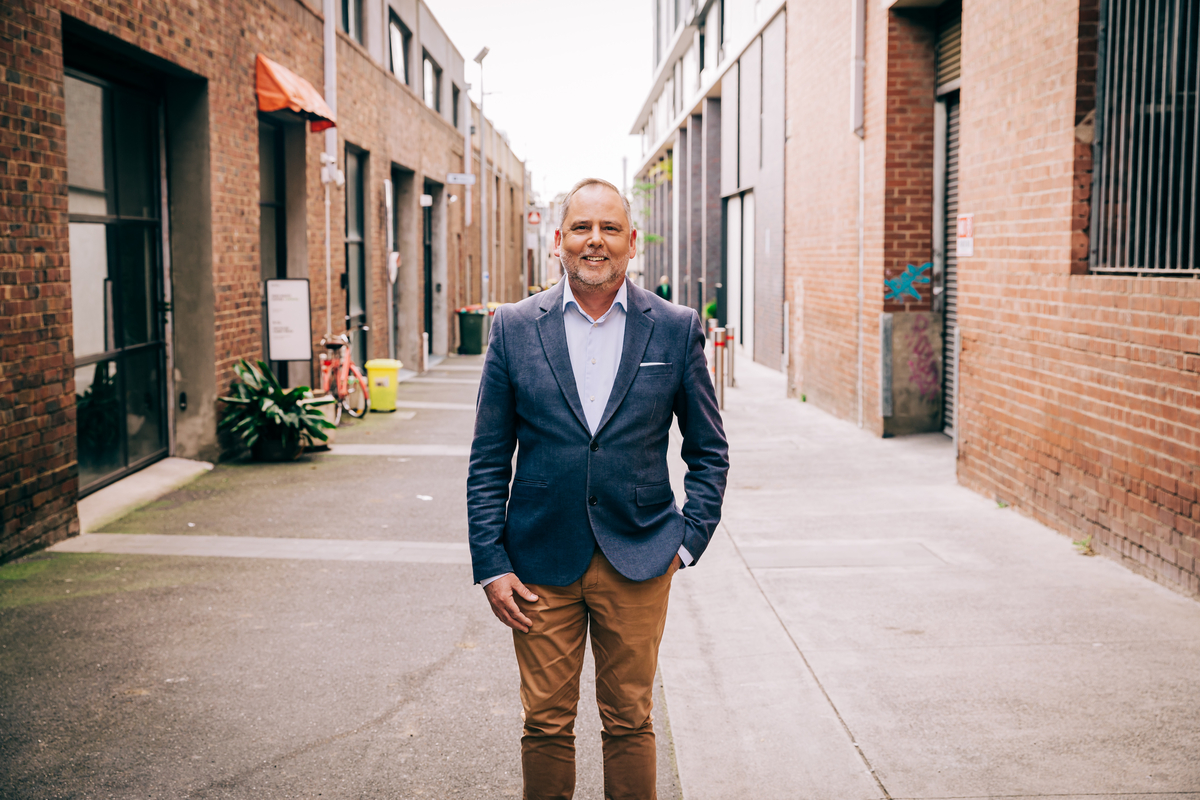
Jen Dalitz, chair, Qudos Bank
The fourth largest mutual bank in the country will be one outcome of the proposed merger of Bank Australia and Qudos Bank.
Announced yesterday, “bringing Bank Australia and Qudos Bank together would create an entity supporting 300,000 customers” with assets exceeding A$20 billion and served by almost 900 employees, the two banks said.
“Bank Australia’s historic strength in Victoria combined with Qudos Bank’s strong presence in New South Wales opens up new growth opportunities for a merged entity to extend the benefits of customer owned banking to even more Australians” they said.
This is high-minded rhetoric and there are complementarities between the two former credit unions, both with a legacy in white-collar industries.
There is little doubt, though, that Bank Australia is the stronger and more resilient of the two banks.
Qudos Bank has been beset by a raft of operational challenges and episodes of instability almost unmatched in the banking sector over recent years.
In 2018, Qudos was forced to write off in the order of $20 million sunk into an aborted upgrade of its core banking systems to the Infosys platform, wiping out that year’s profit.
Given its heritage as the Qantas Staff Credit Union, during the Covid-19 pandemic the bank faced unique uncertainties as the airline slashed staff, rationed shifts and endured a reputation crisis almost unequalled in Australian business history.
This translated into a slump in member numbers at Qudos. The bank’s 2022 annual report said the bank had 89,900 members at June 2022, a decline of 10 per cent over 12 months. These numbers have since begun to recover.
Then, in April last year, Michael Anastasi, the CEO of Qudos “resigned and stepped down from his position, effective immediately.”
The bank’s board gave no reason for Anastasi’s sudden departure at the time.
Qudos in August appointed Brendan Wright, a former senior executive of NAB as its new CEO.
While there are many drivers of this top-shelf merger, most likely Wright’s fresh perspective (aided by board renewal at Qudos) will have helped shepherd this merger in a sector where commercially rational (and even imperative) industry restructuring initiatives often stumble.
By contrast, Bank Australia presents as a beacon of consistency and credibility.
For the best part of a decade Bank Australia has been at the forefront of the banking variant of “impact investing” and seemingly making good on many of its ESG-themed promises.
While its slogans have evolved over this time, it’s memorable campaigns beginning with ‘The Bank Australia Needs’ and its ‘Responsible Banking’ derivatives have delivered probably the highest impact brand value and member growth outcomes in the history of the credit union and mutual banking movement.
The bank has more than 190,000 members at present.
Since 2015 Bank Australia has grown assets from $3.5 billion to $11 billion currently.
With a cost to income ratio of 66 per cent the bank is one of the most efficient in a sector where costs are often poorly controlled.

Damien Walsh, CEO, Bank Australia
Scaling up and optimising the investment budget of the new bank is the most fundamental rationale for the merger with Qudos, though as with many mutual ADI mergers a hard-headed pursuit of cost savings may prove easier said than done.
Head office operations will be split between Collingwood (in Melbourne) and Mascot (in Sydney), “while all current branches will be retained and reviewed by the merged entity to support customer service requirements.”
The banks suggested the five legacy lending and contact centre teams across Brisbane, Sydney, Canberra, Melbourne and the Latrobe Valley will be maintained.
All non-executive employees will be offered or have the opportunity to apply for roles within the merged entity including redeployment opportunities.
The merged board will include “equal representation from both banks and will ensure retention of the required skills and experience”, and thus not repeating the folly of one recent top-tier merger of guaranteeing all directors a seat on the new board.
Jennifer Dalitz (the current Qudos Bank chair) will be inaugural chair, with Steve
Ferguson (Bank Australia) as deputy chair.
Damien Walsh (from Bank Australia) will become CEO and managing director, while
Brendan Wright (Qudos) “will have the opportunity to continue with the merged entity in an executive capacity.”
The two banks for now propose the “retention of both brands in the period following the merger” though surely only the Bank Australia brand will be needed in the long run.
Members will be asked to vote on the proposed merger later in 2024 or early 2025, once all the regulatory reviews and approvals are complete.